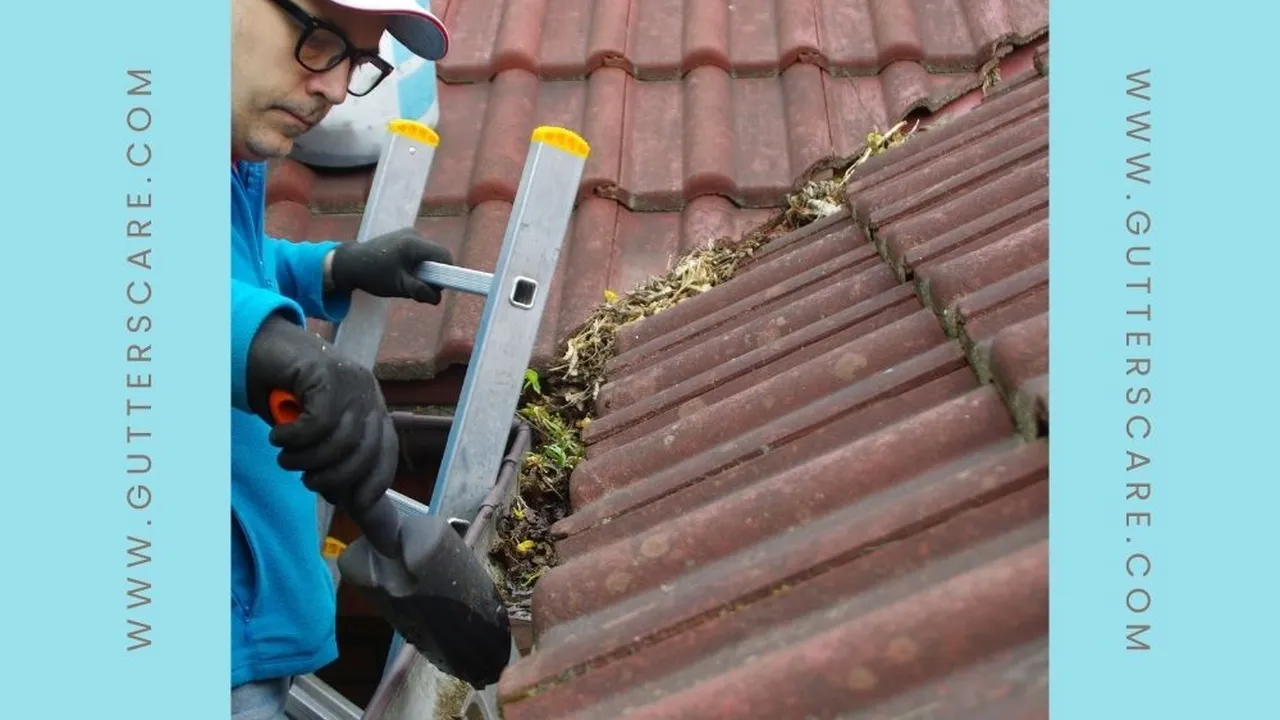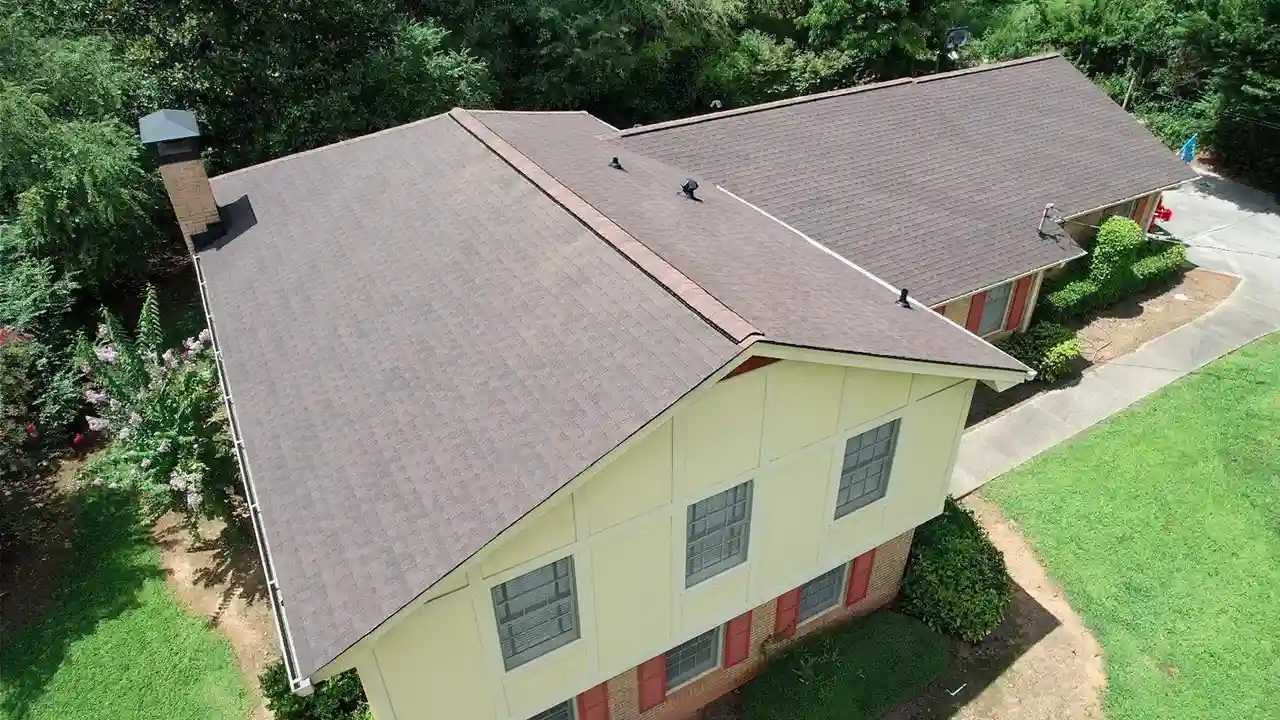AI and Machine Learning in Roofing
Discover how artificial intelligence and machine learning are being applied in the roofing industry for better diagnostics and planning.

AI and Machine Learning in Roofing Revolutionizing the Industry
Hey there! Ever thought about how technology is changing even the most traditional industries? Well, roofing is no exception! We're talking about Artificial Intelligence (AI) and Machine Learning (ML) making some serious waves, transforming everything from how we inspect roofs to how we plan and execute projects. It's not just about fancy gadgets; it's about smarter, safer, and more efficient ways to keep a roof over your head. Whether you're a homeowner in the US or a contractor in Southeast Asia, understanding these advancements can give you a real edge. Let's dive into how AI and ML are shaking things up in the roofing world.
The Power of AI in Roof Inspections Automated Accuracy
Gone are the days of purely manual, often risky, roof inspections. Thanks to AI, we're seeing a massive leap in accuracy and safety. Imagine a drone flying over your roof, capturing high-resolution images and videos. That's cool, right? But what's even cooler is when AI steps in to analyze that data. It can spot tiny cracks, missing shingles, water damage, and even potential structural issues that a human eye might miss. This isn't just about speed; it's about consistency and reducing human error.
AI Powered Drone Inspections for Residential and Commercial Properties
For residential properties, AI-powered drone inspections mean homeowners get a comprehensive report without anyone having to climb on their roof. This is especially beneficial in areas with steep pitches or difficult access. For commercial buildings, which often have vast roof areas, drones with AI analysis can cover ground much faster and more thoroughly than a team of inspectors. This translates to less disruption for businesses and more accurate assessments.
Predictive Maintenance with Machine Learning Identifying Potential Issues Early
This is where Machine Learning really shines. By analyzing historical data from thousands of roof inspections, ML algorithms can learn patterns associated with different types of roof damage, material degradation, and environmental factors. This allows them to predict when and where potential issues might arise before they become major problems. Think of it like a doctor predicting a health issue based on your past medical records. For roofing, this means proactive maintenance, extending the lifespan of your roof, and saving you a ton of money in the long run. For instance, an ML model might identify that roofs of a certain age and material in a specific climate zone are prone to granular loss on asphalt shingles after a certain number of years, prompting early intervention.
AI and ML in Project Planning and Management Optimized Efficiency
Beyond inspections, AI and ML are also transforming the planning and management phases of roofing projects. This means better resource allocation, more accurate estimates, and smoother project execution.
Automated Material Estimation and Waste Reduction
One of the biggest headaches in roofing is accurately estimating materials. Too much, and you're wasting money; too little, and you're facing delays. AI can analyze roof dimensions, pitch, and complexity from drone imagery or architectural plans to generate highly accurate material lists. This minimizes waste and ensures contractors order exactly what they need. For example, an AI system can calculate the exact number of shingles, underlayment, and fasteners required, accounting for overlaps and waste factors, leading to significant cost savings.
Optimized Crew Scheduling and Logistics
ML algorithms can optimize crew scheduling by considering factors like crew availability, skill sets, project complexity, weather forecasts, and travel times. This ensures the right team is on the right job at the right time, maximizing efficiency and reducing downtime. Imagine an ML system that can dynamically adjust schedules based on unexpected rain or a sudden material delivery delay, keeping projects on track.
Risk Assessment and Safety Enhancement
AI can analyze historical safety data to identify potential risks on job sites and recommend preventative measures. For example, if a particular type of roof or weather condition has historically led to more accidents, the AI can flag this and suggest additional safety protocols or equipment. This proactive approach significantly enhances worker safety, which is paramount in the roofing industry.
Specific AI and ML Powered Products and Solutions for Roofing
Let's get down to some concrete examples of products and platforms leveraging AI and ML in the roofing sector. These tools are making a real difference for contractors and homeowners alike.
Hover 3D Measurement and Design Platform
What it is: Hover uses smartphone photos to create fully measured 3D models of homes. Their AI then extracts detailed measurements for roofing, siding, and other exterior elements. It's super accurate and fast.
How it uses AI/ML: The core of Hover is its proprietary AI that processes images to generate precise 3D models and extract measurements. It learns from millions of images to improve its accuracy continuously.
Use Cases:
- Accurate Estimates: Contractors can get precise material estimates in minutes, reducing waste and improving bid accuracy.
- Visualizations: Homeowners can see what their new roof will look like in different colors and materials before installation, aiding decision-making.
- Insurance Claims: Provides detailed, verifiable measurements for insurance adjusters, streamlining the claims process.
Comparison: Compared to manual measurements or even some drone-based systems that require more complex processing, Hover is incredibly user-friendly and quick, making it ideal for on-the-spot estimates.
Estimated Pricing: Hover offers various subscription plans for contractors, typically ranging from $100 to $500+ per month depending on the number of projects and features needed. They also have a per-property pricing model for occasional use.
RoofSnap Roof Measurement Software
What it is: RoofSnap allows users to draw accurate roof measurements directly from aerial imagery (like satellite photos) or drone images. It then generates detailed material lists and estimates.
How it uses AI/ML: While not as heavily AI-driven as Hover for 3D modeling, RoofSnap uses ML algorithms to assist in identifying roof planes and features from aerial imagery, making the drawing process faster and more accurate. It also uses ML to refine material calculations based on common roofing practices.
Use Cases:
- Remote Estimating: Contractors can generate estimates without visiting the site, saving time and resources.
- Material Ordering: Provides precise material quantities, reducing over-ordering or shortages.
- Sales Presentations: Professional-looking reports enhance credibility with clients.
Comparison: RoofSnap is a strong contender for remote measurement and estimating, often praised for its intuitive drawing tools. It's a good alternative if you prefer working directly with 2D aerial views rather than 3D models from ground-level photos.
Estimated Pricing: Subscription plans typically range from $100 to $200 per month, with different tiers offering varying levels of features and report generation capabilities.
EagleView Technologies Aerial Measurement Reports
What it is: EagleView is a leading provider of aerial imagery and property measurements. They use high-resolution aerial photos and proprietary software to deliver highly accurate roof and property measurement reports.
How it uses AI/ML: EagleView employs sophisticated AI and ML algorithms to process vast amounts of aerial imagery, identify roof features, calculate dimensions, and even detect damage. Their systems are constantly learning from new data to improve precision.
Use Cases:
- Insurance Adjustments: Widely used by insurance companies for quick and accurate damage assessments.
- Contractor Bidding: Provides reliable measurements for bidding on projects, especially large or complex ones.
- Property Valuation: Used in property assessment and valuation processes.
Comparison: EagleView is known for its high accuracy and reliability, often considered the industry standard for aerial measurements. It's a more premium service compared to some DIY measurement apps, but the precision is often worth it for critical applications.
Estimated Pricing: Reports are typically purchased on a per-property basis, ranging from $50 to $150+ per report depending on the level of detail and turnaround time required. They also offer enterprise solutions for large organizations.
Roofr AI Powered Roof Measurement and Proposal Software
What it is: Roofr offers a comprehensive platform that includes AI-powered roof measurements, instant estimating, and professional proposal generation. It aims to streamline the entire sales process for roofing contractors.
How it uses AI/ML: Roofr's AI analyzes satellite imagery to generate accurate roof measurements quickly. It also uses ML to help contractors build estimates and proposals more efficiently by learning from their past projects and pricing structures.
Use Cases:
- Lead Generation: Provides instant online estimates for potential customers, improving lead conversion.
- Sales Efficiency: Automates the measurement and proposal process, allowing sales teams to focus on closing deals.
- Project Management: Integrates with other tools to manage projects from start to finish.
Comparison: Roofr stands out for its all-in-one approach, combining measurements, estimating, and proposal tools into a single platform. It's particularly strong for sales-driven roofing businesses looking to automate their front-end processes.
Estimated Pricing: Roofr offers various plans, including a free tier for basic measurements and paid subscriptions ranging from $100 to $400+ per month for advanced features like instant estimates and CRM integrations.
The Future of Roofing with AI and ML Continuous Innovation
This is just the beginning! The integration of AI and ML into roofing is constantly evolving. We're likely to see even more sophisticated applications in the coming years.
Advanced Material Science and AI Driven Development
AI can accelerate the development of new roofing materials by simulating how different compositions will perform under various environmental conditions. This could lead to even more durable, sustainable, and energy-efficient roofing options. Imagine AI designing a self-healing shingle that automatically repairs minor damage!
Hyper-Personalized Customer Experiences
ML can help roofing companies understand customer preferences and needs better, leading to highly personalized recommendations for materials, designs, and maintenance plans. This could mean a homeowner in Florida gets different recommendations than someone in New York, tailored precisely to their climate and aesthetic.
Enhanced Predictive Analytics for Weather and Damage
Combining AI with advanced weather forecasting models could allow for even more precise predictions of potential roof damage from storms, hail, or extreme temperatures. This would enable homeowners and contractors to take preventative action before disaster strikes.
So, there you have it! AI and Machine Learning aren't just buzzwords; they're powerful tools that are genuinely changing the roofing industry for the better. From making inspections safer and more accurate to streamlining project management and even helping design the roofs of tomorrow, these technologies are paving the way for a smarter, more efficient, and more resilient future for our homes and businesses. Keep an eye out, because the roof over your head might just be getting a whole lot smarter!
:max_bytes(150000):strip_icc()/277019-baked-pork-chops-with-cream-of-mushroom-soup-DDMFS-beauty-4x3-BG-7505-5762b731cf30447d9cbbbbbf387beafa.jpg)






